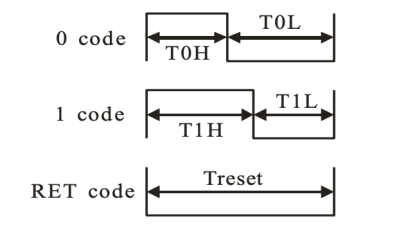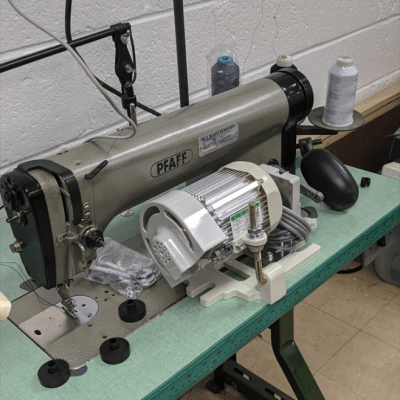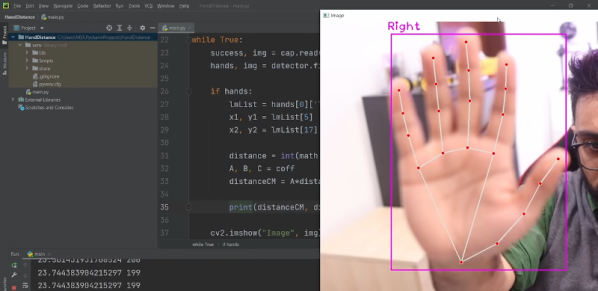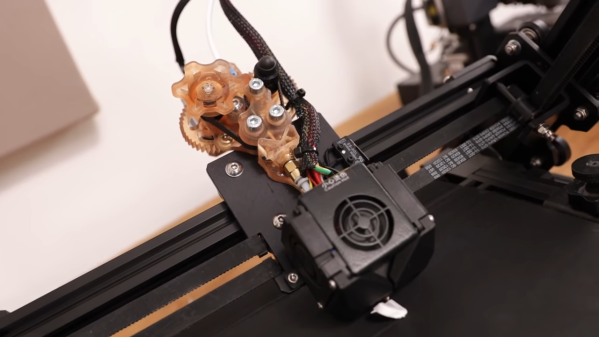As a shining example of the law of unintended consequences, [Lou] demonstrates how certain types of freezer/refrigerator combinations fail to work in a cold environment, such as a garage during the winter. As [Lou] points out in his video (also linked after the break) – using the freezer unit in his own garage – the problem lies with devices that put the temperature sensor in the refrigerator section, but circulate cold air starting in the freezer section.
This works great in a home environment with a room temperature comfortable for humans, as the refrigerator will constantly warm up slightly due to heat from the outside, triggering the cooling cycle and ensuring the freezer section will stay nice and cold. When placed in, say, a garage when it’s around freezing, the refrigerator section will not warm up, and thus no more cooling cycle gets triggered.
As obviously the freezer section is supposed to stay significantly colder than roughly around 0°C, the freezer section can warm up enough to allow frozen goods to thaw out. The easy fix here as [Lou] demonstrates, is to add a constant source of warmth inside the refrigerator section, such as by keeping the refrigerator light on constantly.
Obvious complaints about the lack of energy efficiency and this combo unit’s optimistically broken sensor design aside, it is a fairly simple and effective fix. Even so, perhaps trading such a combo unit for one with a dedicated temperature sensor in the freezer section would prevent headaches like these.
Continue reading “Fixing A Freezer Design Flaw With A Little Bit Of Heat”




















